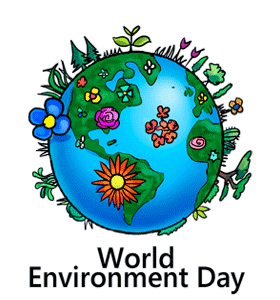Deforestation
Written by Caleb Cheha Paik
Deforestation is common and deadly. The world suffers from deforestation due to human activity. In South Korea, the average annual deforestation rate is about 0.11%. This may not seem so bad at first, but that is about 7100 hectares of forest lost each year. This is equivalent to around 17500 football fields! This is a great issue that we need to face.
Deforestation is intentional clearing of forested land. In order to make space for construction, and materials for burning, humans are responsible for the destruction of trees and wildlife.
There is one major consequence to this action. The increased emission of carbon dioxide. Obviously, the disappearance of trees is not increasing the amounts of carbon dioxide in our atmosphere. That comes from the works of manufactures and productions. However, the destruction of trees contributes to the increase because trees take in carbon dioxide for photosynthesis. Meaning, with the lack of trees, the amount of carbon dioxide in the air will be more than usual. This creates an ultimate problem: global warming.
Furthermore, deforestation also threatens biodiversity. Rainforests are home to many great animals and plant species that are threatened if their habitat is destroyed. When their homes and food are destroyed, some species may even go extinct.
Today, we have talked about the dangers of deforestation. However, wood is an absolute material people need in their lives. Therefore, that brings up a question. Will humans refrain from too much deforestation? If so, will it even be any help towards the environment?
https://education.nationalgeographic.org/resource/deforestation

 E-gen AmbassadorCheha Paik
E-gen AmbassadorCheha Paik












